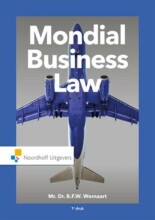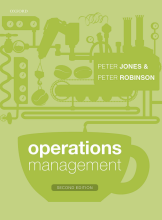Financing: Bill of exchange
11 important questions on Financing: Bill of exchange
Name the 3 parties in the Bill of exchange
Drawee: The person ordered to pay a bill of exchange
Payee: The person to whom a bill/note is to be paid
What are the requirements of a B.O.E to be Valid?
Name the law governing bills of Exchange
Countries in Europe —> Geneva conventions on the innovation of the law of B/E, UBL,1930
- Higher grades + faster learning
- Never study anything twice
- 100% sure, 100% understanding
Name the law that governs the relationships between org. Parties to Bill
Define a negotiability instrument
- Can be freely transferred to another person ( by delivery)
- Transfer rights (title)
- B/E is only payable + negotiable when the initial contract obligation was fulfilled
Explain the difference between assignee vs holder
Holder is able to acquire more rights than transferor possessed themselves —> rights depend on way the instrument was negotiated + governing law
Explain common law holder in due course
- Its overdue
- Has been dishonoured
- That person who has to pay it has valid excuse for not doing it
Explain when a negotiation/transfer is valid
- Form + content of instrument is proper
- Law guarantees full transfer of rights to receive payment
Explain when Bill/notes are non-negotiable
BEA.64 > The bill is avoided where bill or acceptance is materially altered without the assent of all parties liable on the bill
Name the points a BEA.64 states that a bill/notes should contain
- State of unconditional promise to pay
- State a defined sum of money
- Be payable on demand/ at defined time
- Be signed by maker/drawer
- Doesn't require not to contain word promissory note
Explain formal void vs material void
Formal void= occurs when one of the requirements of BEA is missing/forgotten on the front of the bill/note
The question on the page originate from the summary of the following study material:
- A unique study and practice tool
- Never study anything twice again
- Get the grades you hope for
- 100% sure, 100% understanding





























